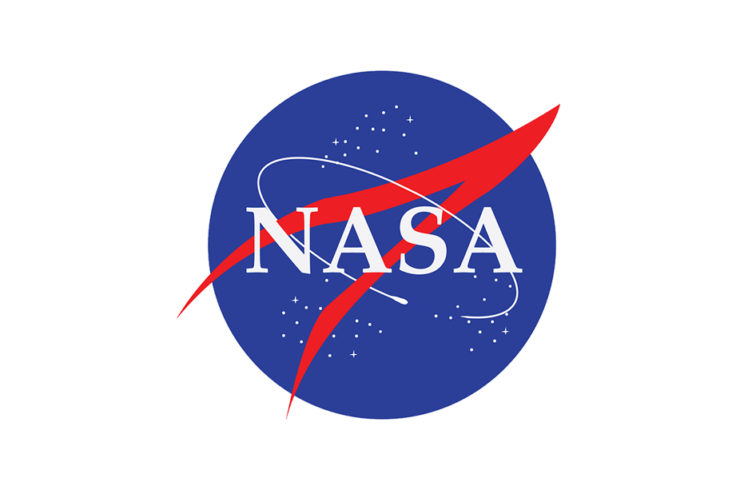
The National Aeronautics and Space Administration (NASA) has made significant progress in putting an unmanned aircraft traffic management system into trial. They have chosen locations in Texas and Nevada as testing sites for these drones. Already, NASA has selected two organizations who will host the final series of their four year technical demonstration. The Lone Star UAS Center for Excellence and Innovation in Corpus Christi, TX and the Las Vegas based Nevada Institute for Autonomous Systems will help to carry out the demonstrations. The outcome of the exercise will confirm whether or not NASA’s Unmanned Aircraft Traffic Management (UTM) system can effectively manage drones flying in urban areas.
The partner agencies plan to conduct the tests from March to June in Reno, NV before finalizing the demonstrations in Corpus Christi,TX from July to August. According to NASA’s UTM project manager, Ronald Johnson, this phase of demonstration is one of the most complex drone testing carried out so far. The Nevada Institute for Autonomous Systems senior director, Chris Walach, said they were excited to partner with NASA because the program will have a significant impact on the drone industry. Mike Sanders from Texas based Lone Star UAS Center for Excellence and Innovation echoed the same sentiments.
With the Federal Aviation Administration (FAA) as a close partner, the demonstration is meant to help commercial industry stakeholders understand the complexities of flying in urban areas. NASA pointed out that the demonstration will play a huge role in designing future air traffic management rules, procedures, and policies. In fact, the agency will relay everything learned from the demonstration to the commercial drone industry.
The last few years alone has seen an increasing number of drones in our air space. This could pose safety challenges given that some of them are piloted by amateur users. In 2018, drones at Gatwick Airport, UK are reported to have led to flight cancellations. This prompted the UK government to extend the no-fly zone to restrict model aircraft and drones from flying near airports.
Based on the Agency’s official communication, the main technologies which will be demonstrated in the final phase, are vehicle-to-vehicle communication and collision avoidance, Drone Service Supplier interface for drone traffic management players, airspace regulator flight information management system, and automated safe landing. The agency will also include testing vehicles with detect-and-avoid (DAA) features since it is vital to safety. The UTM project falls under NASA’s Aeronautics Research Mission Directorate, and it is part of the Airspace Operation and Safety Program.
|